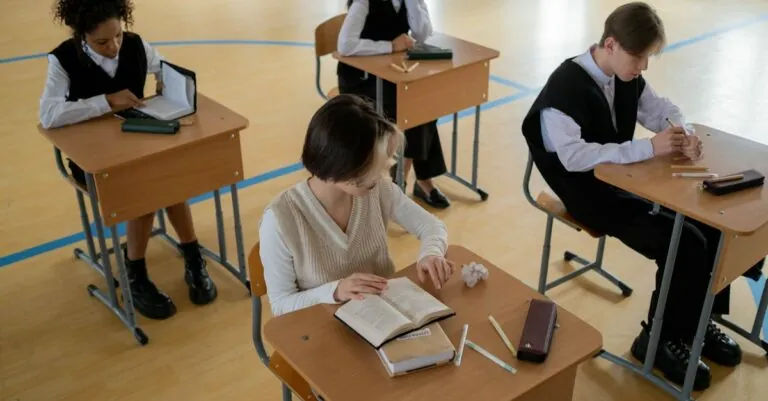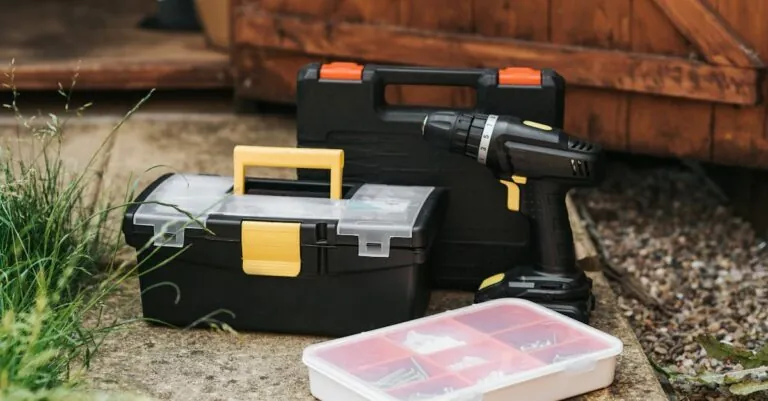Every parent knows that toddlers have a talent for getting messy. So why not turn that into art? Process art encourages creativity and exploration in a way that will make both kids and parents smile. Forget about coloring inside the lines, this is about self-expression and letting little imaginations run wild. Let’s jump into what process art is and why it can become a whirlwind of fun in your living room.
Table of Contents
ToggleWhat Is Process Art?

Process art is more about the journey than the final product. Instead of focusing on creating a masterpiece, toddlers engage in activities that stimulate their creativity. The idea is to allow them to explore various materials and techniques. They can squish, splatter, paint, and glue without worrying about the outcome. Process art can take on many forms, from finger painting to using unconventional items like kitchen utensils. Imagine your toddler, paint-covered from head to toe, having a blast while unintentionally developing skills in fine motor coordination and sensory exploration.
Benefits of Process Art for Toddlers
Engaging in process art holds numerous benefits for toddlers. For starters, it nurtures creativity. When children are free to make choices about their materials, they express themselves in unique ways. This type of art can aid emotional development too. It gives toddlers a chance to process their feelings without pressure. Also, process art promotes problem-solving skills. As they explore different media, they learn how to experiment and adapt. Plus, let’s not forget the joy. The laughter and excitement during these sessions can create lasting memories.
Key Characteristics of Process Art
What sets process art apart from other artistic endeavors? First, it emphasizes exploration over perfection. Toddlers learn through trying new things without judgment. Second, it is open-ended. Unlike structured crafts where the outcome is defined, process art encourages creativity in every direction. Third, the materials used can be varied and sometimes unconventional. Think of things like bubble wrap, sand, or even fruits and vegetables. Finally, the experience is just as important as the activity. If toddlers are enjoying themselves, they are learning.
Ideas for Process Art Activities
Looking for ways to incorporate process art into your toddler’s routine? Here are some fun ideas:
1. Nature Collage
Take a walk outdoors and collect leaves, flowers, and sticks. Once home, let the little ones glue their findings onto paper to create a beautiful nature collage.
2. Sensory Painting
Mix finger paint with different textures, such as sand or foam. Encourage toddlers to explore how these materials feel while they create their masterpieces.
3. Water Play Art
Provide water and non-toxic liquid watercolors. Allow toddlers to paint with water on sidewalks or driveways. The results will fade, but the joy will last.
4. Bubble Wrap Art
Let toddlers stamp bubble wrap dipped in paint onto paper. The popping sounds combined with bright colors make for an entertaining art session.
These activities focus on exploration and not the end result, which is exactly what process art is all about.
Tips for Facilitating Process Art Sessions
Facilitating a successful process art session can enhance the experience for everyone involved. Here are some handy tips:
- Set the Stage: Prepare a dedicated art space. Lay down old newspapers or tablecloths to manage the mess.
- Provide Diverse Materials: Stock up on various materials like paper, paint, fabric scraps, and found objects.
- Encourage Freedom: Let toddlers express themselves without interruptions or corrections. Their unique perspective is valuable.
- Join the Fun: Get involved. Show your excitement and explore alongside them. This interaction can deepen the experience.
- Focus on the Process: Remind yourself and your little ones that it’s about enjoyment. Celebrate the mess and the creativity.
Maintaining a relaxed atmosphere encourages creativity.
How to Create a Process Art-Friendly Environment
Creating an inviting space for process art can enhance the toddler’s experience. Here’s how to do it:
- Designate an Art Area: Choose a spot that’s easy to clean, like a kitchen table or a craft corner. Make it colorful and welcoming.
- Keep Supplies Accessible: Arrange art supplies within easy reach. Use bins or baskets so toddlers can pick what they want to use.
- Embrace the Mess: Don’t stress over spills and splatters. Use washable materials and keep cleaning supplies handy, but let the creativity flow.
- Incorporate Natural Elements: Use leaves, rocks, or sticks as art supplies. Nature can inspire creativity and heighten sensory experiences.
Creating a process art-friendly environment ensures that children feel free to explore.




